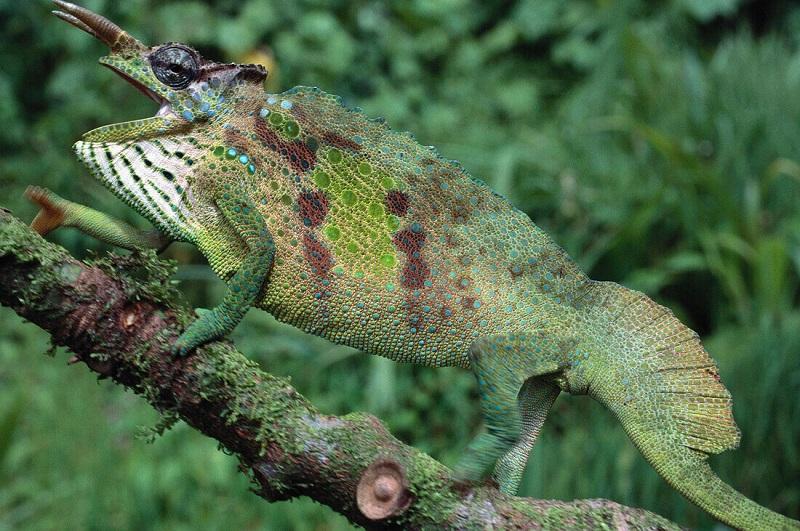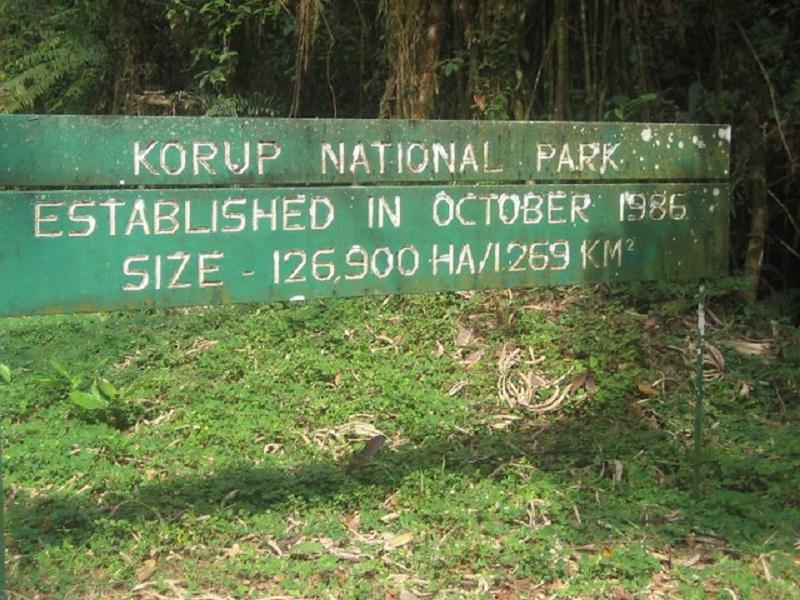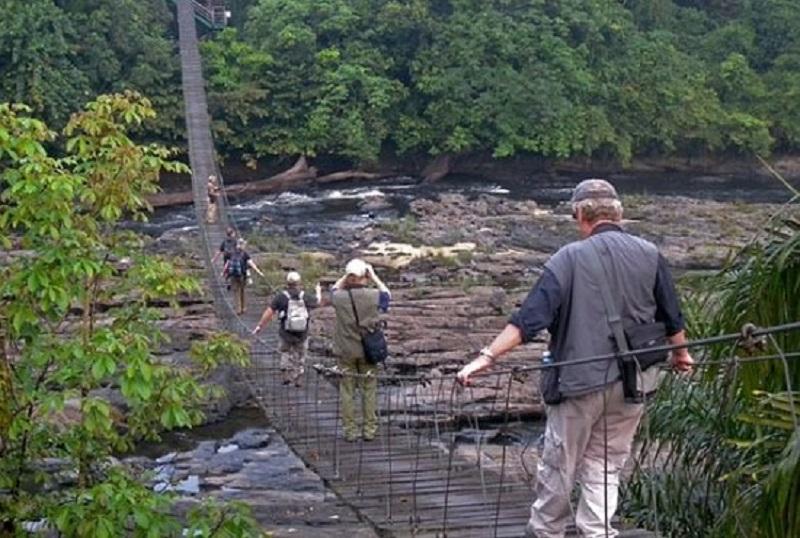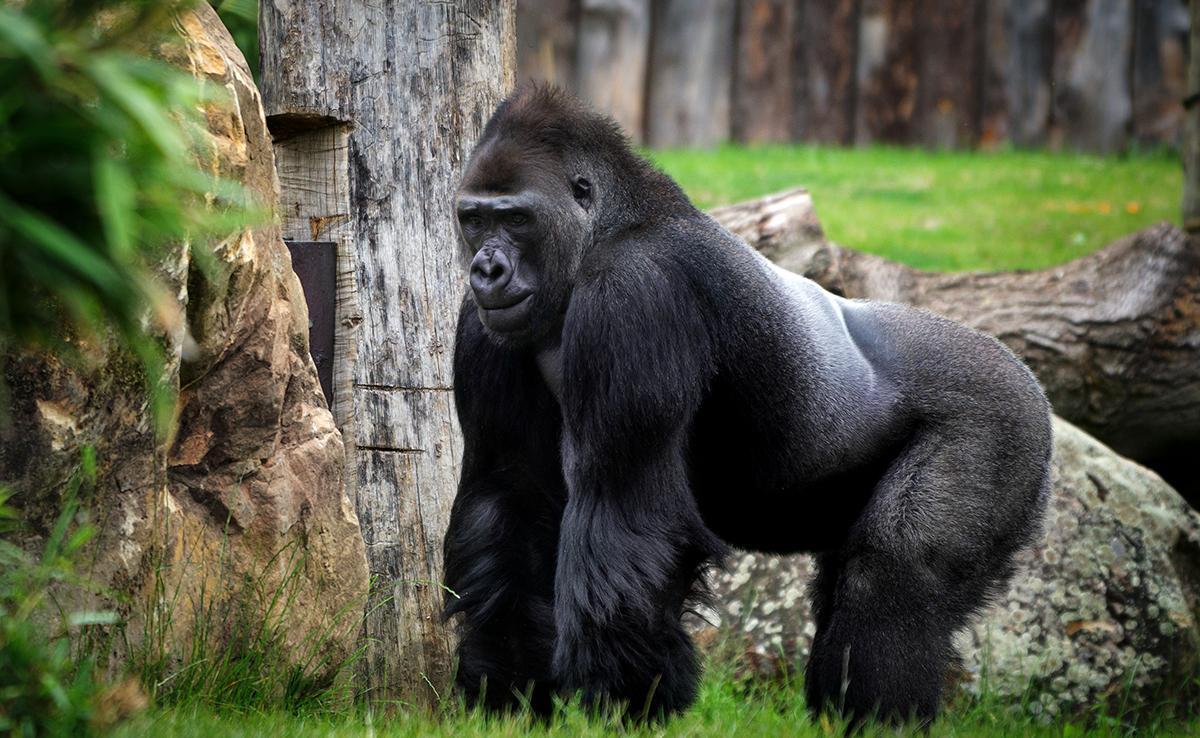Located in southwestern Cameroon, Korup National Park is one of the oldest and most biologically diverse rainforests in Africa. Spanning over 1,260 square kilometers, the park is renowned for its pristine primary forest, which has remained relatively undisturbed for thousands of years.
Korup is a treasure trove for researchers and nature lovers alike, offering a unique glimpse into the rich flora and fauna of the Central African rainforest. The park is home to a wide variety of endemic species, including rare primates, birds and amphibians.
Its dense, tropical landscape makes it an ideal destination for those looking for an adventurous, off-the-beaten-path safari experience. In addition to its remarkable biodiversity, Korup National Park plays a crucial role in conservation efforts in the region, helping to preserve one of Africa’s last remaining lowland rainforests.
Please Download Our Mobile App here.
Overview of Korup National Park
Korup National Park is a paradise for biodiversity, with its ancient rainforest hosting more than 1,000 species of plants, 400 species of birds, 140 species of mammals and 200 species of reptiles and amphibians.
Its dense, lush environment makes it one of the richest ecosystems in Africa, often compared to the Amazon in terms of biological significance. The park is divided into several ecological zones, ranging from lowland rainforests to swamp forests, each supporting its own unique array of wildlife and plant species.
The park also holds cultural significance for the local communities that live around its borders. For centuries, they have relied on the forest for medicinal plants, food, and spiritual practices. Today, conservation efforts aim to balance the needs of these communities with the necessity of protecting the park’s fragile ecosystem.
Wildlife in Korup National Park

Korup National Park is celebrated for its incredible wildlife diversity, offering visitors the chance to see some of Africa’s rarest species. One of the park’s key attractions is its population of primates. These include the endangered red-eared guenon, Preuss’s monkey and chimpanzees.
The park is also home to the critically endangered western lowland gorilla, though sightings are rare due to their elusive nature. In addition to primates, Korup is known for its birdlife. It is a haven for birdwatchers, with more than 400 species of birds, including the rare grey-necked rockfowl (Picathartes).
The park’s varied habitats also provide a home for a number of amphibians and reptiles, such as the Goliath frog, the world’s largest frog species, which can weigh up to 3.3 kg. Additionally, the forest is home to forest elephants, buffalo and several species of antelope, adding to the diversity of wildlife that thrives in this dense jungle environment.
Korup’s unique ecosystem has attracted the attention of scientists and researchers, with many visiting the park to study its plant and animal life. The park is particularly known for its diversity of flora, with many plant species that are still being studied for their potential medicinal uses.
Best Time to Visit Korup National Park
The best time to visit Korup National Park is during the dry season, which typically runs from November to February. During this period, the park is more accessible, with drier trails making it easier to explore the dense rainforest. Wildlife is also more visible during the dry season as animals tend to congregate around water sources, providing better opportunities for wildlife viewing and birdwatching.
The wet season, from March to October, sees heavy rainfall, which can make some areas of the park difficult to navigate. However, for those interested in experiencing the rainforest in full bloom, the wet season offers a unique perspective as the park’s plant life flourishes, and the forest is alive with activity. Birdwatchers may also find the wet season rewarding, as many species are more active during this time.
Getting to Korup National Park

Korup National Park is located near the town of Mundemba in southwestern Cameroon, approximately 450 kilometers from Douala, the country’s largest city. The journey from Douala to Korup can be made by road and typically takes about 8 to 10 hours, depending on road conditions. The drive takes visitors through picturesque villages and lush landscapes, providing a scenic introduction to the region before reaching the park.
For those traveling from Yaoundé, Cameroon’s capital, the distance is slightly longer, with the journey taking around 10 to 12 hours by road. Once in Mundemba, visitors can hire local guides and porters to assist with navigating the park’s rugged terrain.
Other Activities in Korup National Park
Apart from wildlife viewing, Korup National Park offers a variety of activities that allow visitors to fully immerse themselves in the beauty of the rainforest. Hiking is one of the most popular activities, with trails that wind through the dense forest. This offers stunning views of the park’s landscapes and opportunities to spot wildlife.
The Rengo Rock Trail and Chimpanzee Trails are among the most popular routes, both offering a chance to see primates and rare birds. For those interested in the park’s plant life, guided tours focusing on the flora of Korup are available.
These tours provide insight into the diverse plant species found in the park, including medicinal plants used by local communities. Visitors can also explore the park’s numerous rivers and waterfalls, which offer opportunities for swimming and picnicking in a serene, natural setting.
Park Fees for Korup National Park

As of 2024, the park fees for Korup National Park are:
- Foreign Visitors (Adults): $20 per person per day
- Foreign Visitors (Children): $10 per person per day
- Cameroon Residents (Adults): $5 per person per day
- Cameroon Residents (Children): $2 per person per day
These fees contribute to the conservation and management of the park.
FAQs: Touring Korup National Park
Do I Need a Guide to Explore the Park?
Yes, it is highly recommended to have a local guide when exploring Korup National Park. The dense rainforest and complex trail systems can be challenging to navigate without the expertise of a guide.
Can I Camp Inside the Park?
Yes, camping is allowed inside Korup National Park, and there are designated campsites available for visitors. However, it’s important to bring your own camping gear and be prepared for basic facilities.
What Wildlife Can I Expect to See?
Visitors to Korup can expect to see primates such as chimpanzees and guenons, as well as a variety of birds and reptiles. Forest elephants and buffalo are also present, though they can be more elusive.
Conclusion
Korup National Park offers an extraordinary opportunity to explore one of Africa’s most ancient and biodiverse rainforests. From its rare primates to its rich plant life, Korup is a destination for nature lovers, researchers, and adventurous travelers alike.



